What do you think of when you hear that a plant species ‘comes from’ the UK? Do you imagine that it grows in this country? That it can only be found in the UK? Or, that it must have existed here for millennia?
The scientific term used for indigenous plants from the UK is ‘UK native’. However, the definition is more complex than you might think and steeped in misunderstanding. Let’s explore its true meaning, why UK native plant species are important, and the myths that have led ‘non-UK native’ species to be demonized.
Unpacking the terms: What does ‘UK native’ really mean?
Plants don’t spring from UK soil, fully formed, and declare themselves to be native species. Every plant has either evolved in the UK over time or travelled from elsewhere.
A plant species is usually considered to be ‘native’ to the UK, if its presence here is not due to human intervention. But what about plants that were brought here by people thousands of years ago?
-
Compared to other countries, the UK is host to a very small number of ‘endemic’ plants: those that have evolved here and are not found naturally anywhere else.
-
Plant species that migrated to the UK over 8,000 years ago, either during or prior to the neolithic period, also tend to be considered ‘UK natives’. Some were brought here by humans, others travelled by themselves.
-
Certain plants that grow in the UK are termed ‘near-native’, if they have come from Europe. Some believe that, had the English Channel once been even shallower, these species would have reached the UK naturally.
-
Other plant species from different countries are described as ‘naturalised’ or ‘non-native’. Naturalised plants are those that have been able to survive and spread by themselves in the UK. They are not considered to be UK natives, unless they have been here for over 8000 years. One example of a popular naturalised plant is the horse chestnut, (Aesculus hippocastanum.)
Image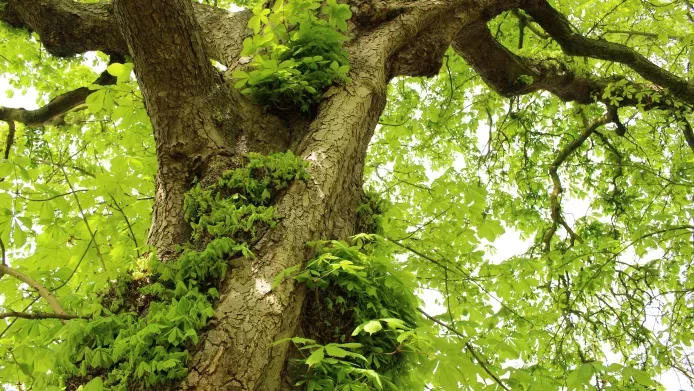
So, how did most UK native plants come to be here?
A bit of UK native plant history
In Great Britain most native plants arrived following the last ice age, which ended in around 9,500 BC. As glaciers retreated and sea levels rose, an expanse of low, marshy land was left. ‘Doggerland’ formed a land-bridge between continental Europe and what is now Britain. Plants, people and animals migrated across Doggerland, until it eventually disappeared underwater to leave Britain isolated. It is mostly the plants which populated Britain before it became an island, that we now consider UK native species.
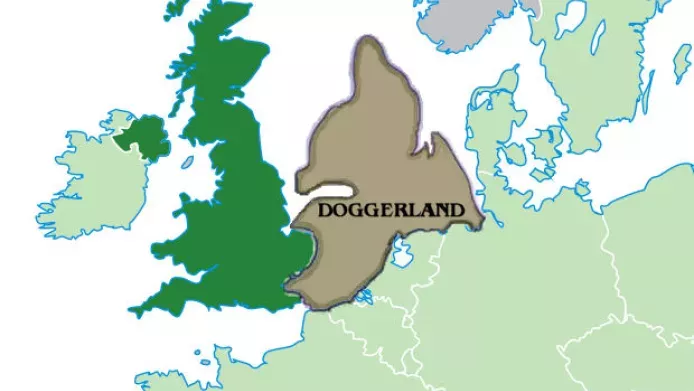
The history of Ireland’s native flora is connected to that of Britain’s. It is thought that around 10,000 years ago, when sea levels were still more than 250 feet lower than they are today a land bridge between the East coast of Ireland and Wales may have existed. Plants would have been able to migrate across this strip until roughly 7,500 years ago, when it would have disappeared underwater.
Why are native species important?
At Grow Wild, we place a lot of emphasis on protecting and celebrating UK native plants and fungi, but what’s so special about them?
Ever since they arrived or evolved in the UK, these plants have been adapting themselves to thrive in our unique climate and ecosystem. They have developed alongside our UK native fauna for thousands of years, to support and coexist with it perfectly. UK native wildflowers, for example, now have petal shapes, colours and sizes that are designed to attract and feed specific pollinators.
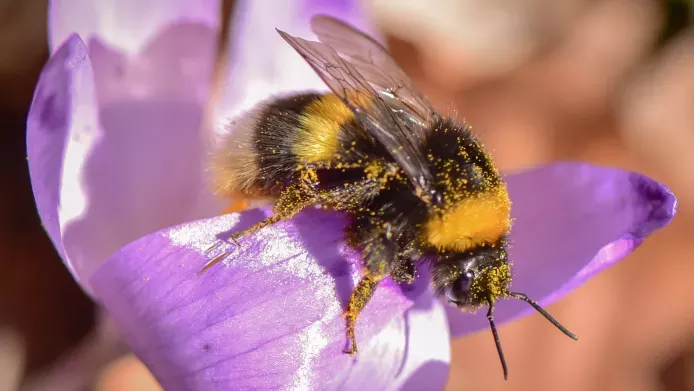
The relationship between UK native plants and pollinators is what makes them so important. Pollinators depend on plants as a source of food and cannot survive without them. In turn, we cannot survive without pollinators, because they pollinate many of the crops we rely on as a major part of our diet. Because UK native flowers are dwindling in numbers and their diversity is decreasing, our pollinator population is diminishing and our food supply is in jeopardy.
The myth about non-native species
There is a pervasive narrative that non-native species are responsible for the concerning decrease in UK native wild plants. This is not the full story.
Negative terms like ‘invasive’ or ‘alien’ species have become synonymous with non-native plants, causing them to be seen as threatening and to be treated as highly suspicious. Under international law ‘invasive alien species’ are actually considered one of the greatest threats to human wellbeing and global biodiversity. It is believed that they are to blame for crowding out UK-native species, causing them to become extinct and thereby degrading the ecosystem. They also have a weighty price tag attached to them, allegedly costing the UK almost £1,678,434,000 per year to keep under control.

The impact of non-native species in the UK
The ruckus around ‘alien invaders’ does not come from nowhere, but it is thought to be somewhat exaggerated and misplaced. There are instances of non-native plant species spreading out of control to create problems and imbalances in our ecosystem. Japanese Knotweed (Fallopia japonica) is one common example. This fast-growing perennial was originally introduced to Britain as an ornamental garden plant. It grows out of ‘rhizomes’, a type of swollen root from which stems shoot up. Japanese knotweed rhizomes burrow deep underground and spread rapidly. They are renowned for growing into the nooks and crannies of weak building foundations and pavements and severely damaging them. The presence of this plant’s rhizomes also stifles the growth of other nearby plants.
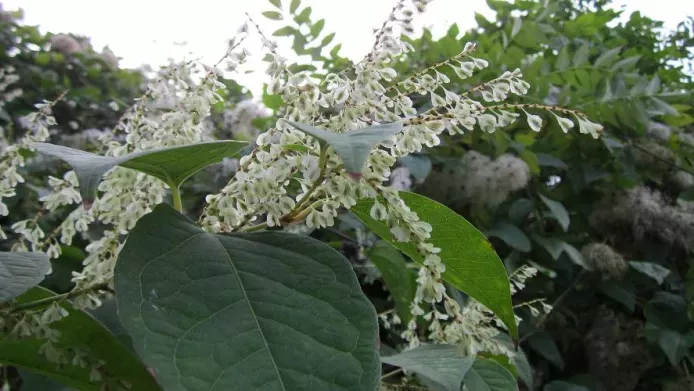
Japanese knotweed is, however, a special case. It’s thought that out of the 1,402 non-native plants that are established in Great Britain, only 108 are considered to have a negative impact. What’s more, there can be huge benefits to some non-native species, for example:
-
Studies have shown that certain non-native flowers could help our dwindling bumblebee population. This is not least down to the fact that they bloom during parts of the season when pollen, nectar and shelter from native plant species is scarce.
-
When it comes to the economic impact of non-UK native species, it is difficult to calculate which way the scales are tipped. There are some vast financial benefits to non-UK native plants. Wheat, for example, is native to Asia but is thought to earn the UK £1,200,000,000 per year.
-
Finally, there are so many non-UK native plants that have come to be signature, much-loved features of UK gardens and landscapes. Where would we be without Fuchsias, Hydrangeas, Sunflowers or Dahlias?
Image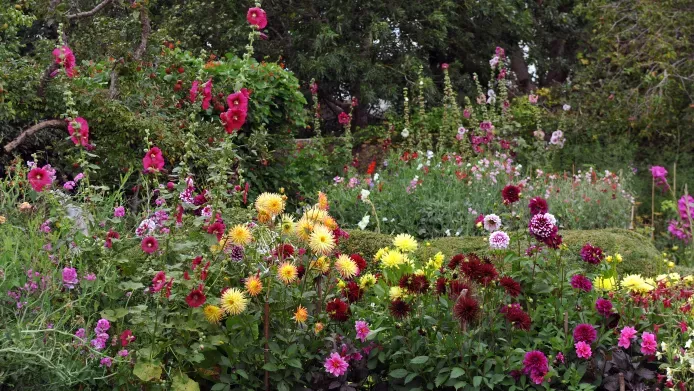
It’s complicated!
For all its destructive tendencies, Japanese Knotweed is also a great source of food for pollinators. This makes it another example of the oft-forgotten complexities that surround the native species dialogue.
The damage that language can do
The condemnation of non-UK native species can have profound consequences outside of the scientific realm. Unfortunately, suspicion of non-UK native plants has become intertwined with hostile narratives about human identity and exclusion. Therefore, categorising UK native plants as ‘good’ and non-UK native plants as ‘bad’ is not only scientifically unsound but has the ability to negatively impact people’s sense of self and belonging.
Why are our native plants and pollinators in decline?
It is a combination of factors, which have little to do with non-native plant species, that are responsible for the decline in our pollinator and wild plant species.
- The vast shift we have made into large-scale, industrial and more intensive farming practices over recent decades has caused the health and quantity of wildflowers to be drastically reduced. Tragically, we have lost 97% of the UK’s wildflower meadows since the 1930s. This is one of the main reasons our pollinators are in such trouble. (And it’s why we care so much about planting wildflowers!)
- Climate change is a major player too. Amongst many other issues, it is causing the critical timing of when certain plants flower and their corresponding pollinators emerge to fall out of sync. This results in some plant species not being pollinated and in pollinators being deprived of food.
- Pesticides and insecticides are another piece of this sorry puzzle. They contain chemicals that are toxic either to pollinators or to the plants that pollinators depend on.
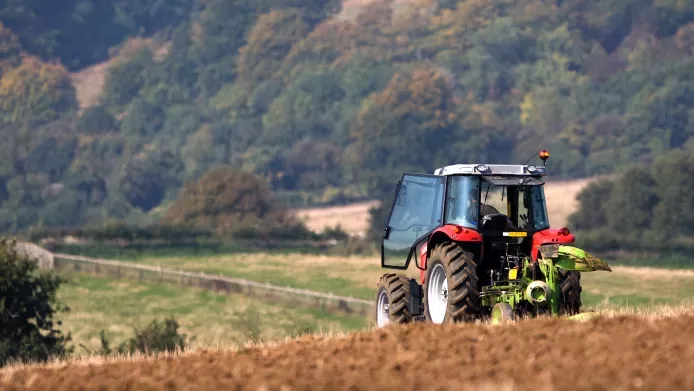
To sum up
Should we be concerned about safeguarding, celebrating and replenishing our UK-native plant species? Absolutely. Is vilifying non-native species the way to do it? Absolutely not.
Every plant species occupies a unique space in our ecosystem and comes with a specific set of pros and cons. Therefore, to see all non-UK native plants as threatening is over-simplistic and sometimes harmful, especially when so many non-native species benefit the UK’s ecosystem, its economy and our lives. Let’s focus on protecting UK native species and appreciate the richness that many non-UK native plants bring to the UK whilst we’re at it.

References:
